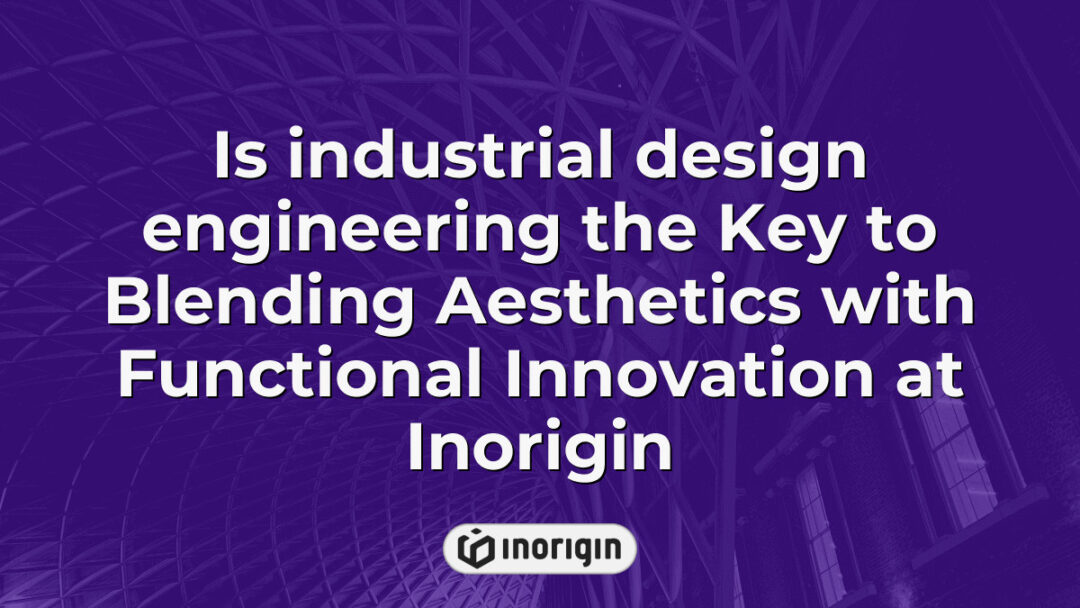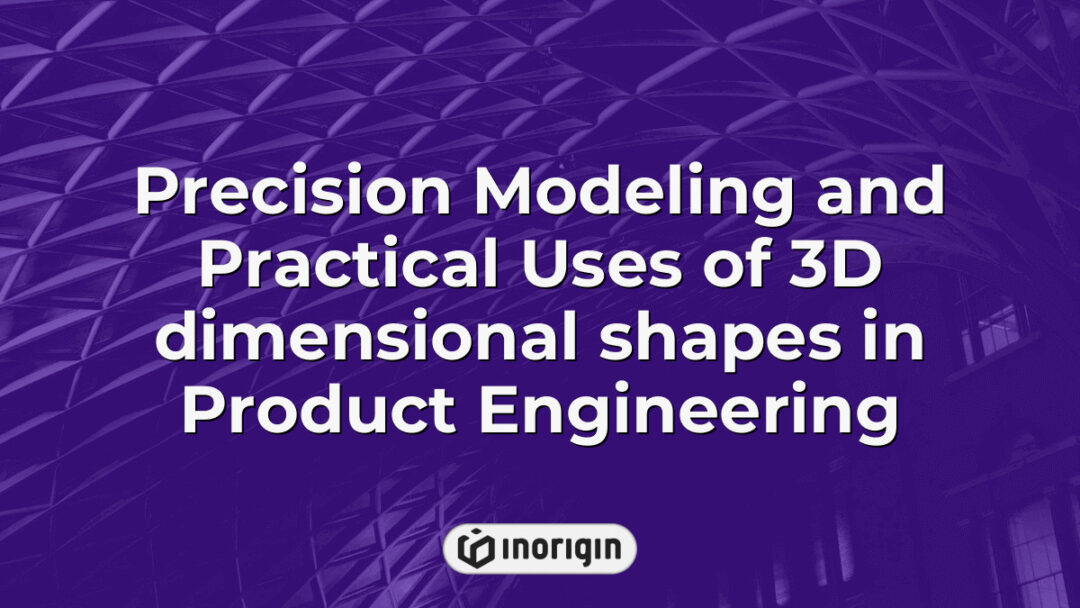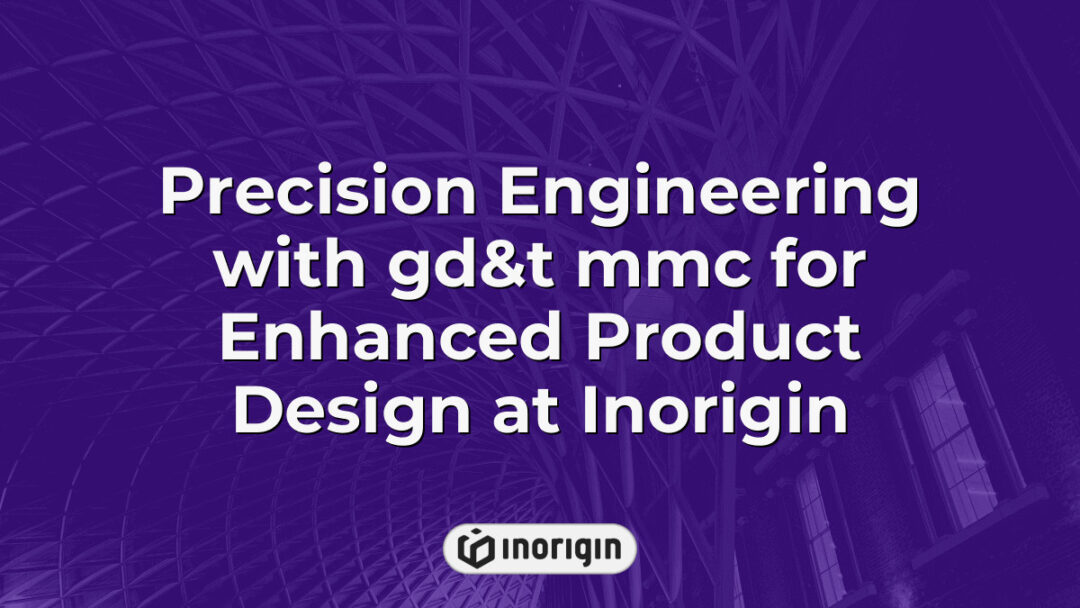Industrial Design Engineering stands at the confluence of creativity and functionality, embodying the principles that drive innovation in product development and manufacturing. With approximately 70% of product failures attributed to poor design, the critical role of industrial design engineering becomes glaringly evident in the contemporary market landscape. This multidisciplinary field encompasses an array of principles from engineering, art, and ergonomics, all aimed at optimizing user experience while enhancing manufacturability and sustainability. By understanding the intricate relationship between aesthetics and performance, industrial design engineers cultivate solutions that not only meet consumer needs but also pave the way for advancements in technology and design methodologies, thus shaping the future of various industries.
| Aspect | Key Takeaway |
|---|---|
| Definition | Is industrial design engineering a field that combines creativity and technical expertise to develop innovative, functional, and aesthetically pleasing products. |
| Market Significance | With approximately 70% of product failures linked to design flaws, industrial design engineering plays a vital role in improving product success and user satisfaction. |
| Core Principles | This discipline emphasizes user-centered design, sustainability, and iterative problem-solving to balance form, function, and environmental responsibility. |
| Technological Tools | Advanced software like CAD, 3D printing, and simulation enhance prototyping speed and precision, fueling innovation in product development. |
| Industry Applications | Industrial design engineering influences sectors such as consumer electronics, automotive, furniture, and medical devices by integrating safety, usability, and style. |
| Challenges | Professionals must navigate sustainability demands, rapid tech advances, and evolving consumer expectations while maintaining efficiency and quality. |
| Future Outlook | The field is moving towards greater multidisciplinary collaboration, personalized solutions, and eco-conscious design methodologies to meet emerging market needs. |
The Evolution and Role of Industrial Design Engineering
In the narrative of industrial design engineering, one can perceive a magnificent symphony where each instrument interplays delicately to create harmony between functionality and aesthetics. Since its inception in the early 20th century, industrial design engineering has witnessed significant transformations, paralleling advancements in technology and shifts in societal needs. For example, the introduction of mass production techniques presented both opportunities and challenges; designers were compelled to balance affordability with quality. The post-World War II era ushered in a new appreciation for consumer goods, leading to innovations in materials and processes that fundamentally altered production standards. As time progressed, the role of the industrial designer expanded beyond mere product creation, encompassing fields like ergonomics, sustainability, and user experience. This evolution signifies an ongoing dialogue between designers and users, as needs and contexts continually reshape the principles of design.
Simultaneously, it is imperative to recognize the urgency of sustainability in contemporary design practices. With the increasing awareness of environmental issues, industrial design engineering now integrates eco-friendly methodologies; every aspect, from material selection to disposal processes, is scrutinised for its impact. The circular economy model, which aims to reduce waste and promote resource reuse, exemplifies this shift. Furthermore, technological advancements—such as computer-aided design (CAD) and 3D printing—have revolutionised prototyping, enabling rapid iterations on design concepts, making the process more efficient while also fostering innovation. As society marches toward a future replete with challenges and opportunities, the industrial design engineer’s role remains critical, continuously adapting to both technological advancements and changing consumer expectations.
Throughout this journey, the position of industrial design engineering has emerged as central. The enduring focus on merging form with function ensures that the products created are not just tools but embodiments of thoughtful consideration, reflecting the complexities of modern life. The discipline’s adaptability and responsiveness to contemporary challenges signify its importance in shaping not merely objects but the very way individuals engage with the world around them.
Core Principles and Methodologies in Industrial Design Engineering
In the diverse world of industrial design engineering, one might stumble upon the awe-inspiring moment when a simple idea transforms into a groundbreaking product that reshapes everyday life. Such instances underscore the core principles and methodologies that underpin this discipline, which fundamentally revolves around user-centered design, sustainability, and innovative problem-solving. The user-centered design approach prioritises the needs and experiences of end-users, ensuring that products are not only functional but also engaging and intuitive. Coupled with an emphasis on sustainability, industrial design engineering has progressed towards integrating eco-friendly materials and processes, which reflects an increasing awareness of environmental challenges. Furthermore, methodologies like iterative prototyping and collaborative design practices serve to enhance creativity and efficiency. Each of these principles interlinks, creating an ecosystem wherein practical solutions and forward-thinking design coalesce.
For those engaged in industrial design engineering, it might be beneficial to consistently seek feedback throughout the design process. Engaging with potential users during various stages, from brainstorming to prototype testing, can illuminate perspectives that may have otherwise been overlooked. This practice not only cultivates a deeper understanding of user needs but also fosters innovation, driving the creation of products that resonate powerfully in the market.
The Interplay Between Aesthetics and Functionality
The interplay between aesthetics and functionality in industrial design engineering serves as a critical focus for professionals in the field. This relationship can be examined in various contexts, such as consumer electronics, furniture design, and transportation systems, highlighting how each component impacts user experience and satisfaction. For instance, consider the juxtaposition of a sleek smartphone; its visual appeal is often a foremost consideration, yet without functional responsiveness—such as speed and durability—it risks user disengagement. Furthermore, the historical evolution of design philosophies, like those propounded by Bauhaus in the early 20th century, illustrates that a balance must be struck for success. In the present context, many designers adopt a user-centric approach, recognising that both aesthetic and functional elements must coexist harmoniously to enhance usability while also appealing to consumer tastes. Thus, the ongoing dialogue surrounding this interplay reveals the complexities inherent in crafting products that not only captivate but also serve their intended purposes effectively.
Key Industries and Applications of Industrial Design Engineering
Industrial design engineering permeates various fields, revealing its integral application across multiple sectors. It significantly influences four key areas: consumer electronics, automotive design, furniture creation, and medical device development. In consumer electronics, for instance, the design engineer’s role encapsulates not just the visual appeal but also the user interface, aiming to enhance functionality and user experience. In the automotive sector, the focus shifts towards safety, sustainability, and aerodynamics, with increasing calls for electric vehicles pushing innovation frontiers. Turning to furniture design, aesthetics intertwine with ergonomics, where the challenge lies in creating products that harmoniously blend comfort with style. Medical device development exemplifies a critical intersection of function and safety, necessitating meticulous attention to regulatory standards coupled with user-friendly designs.
Understanding these applications reveals the breadth of industrial design engineering’s impact. From a theoretical standpoint, the execution of projects involves a multidimensional approach where engineers are tasked with balancing user needs against manufacturing constraints. The collaborative nature of this discipline necessitates effective communication among stakeholders, fostering innovation and efficiency in the development process. This interplay among aesthetics, functionality, and technical feasibility ultimately shapes the success of products in the marketplace, underscoring the importance of industrial design engineering as an essential discipline across various industries.
Challenges and Future Trends in Industrial Design Engineering
In recent years, the global market for industrial design engineering has been experiencing significant growth, with projections estimating a value of approximately $30 billion by 2027. Such figures underscore the increasing relevance of industrial design engineering across various sectors, from consumer electronics to automotive and healthcare. As the industry evolves, several challenges persist, notably the need for sustainable design practices and the integration of advanced technologies, such as artificial intelligence and Internet of Things (IoT) connectivity. The push for environmentally friendly solutions is not merely a trend; it has become a vital demand from consumers and regulatory bodies alike. Transitioning traditional design methodologies to more sustainable approaches presents obstacles for engineers, as they must navigate the complexities of balancing functionality, aesthetics, and environmental impact while maintaining cost-effectiveness.
Additionally, the rapid pace of technological advancement can complicate the design process. Engineers are increasingly expected to incorporate smart technologies, which often necessitates new skills and knowledge. This evolution creates a dual challenge: on one hand, there is a pressing need for continuous education and skill development; on the other, engineers are required to innovate within tighter timeframes. Moreover, as consumer expectations shift towards more personalised and user-centric designs, the pressure on design teams intensifies, necessitating a more agile approach to project management. As these dynamics unfold, the future trajectory of industrial design engineering appears poised for transformation, characterised by an ever-increasing need for multidisciplinary collaboration and forward-thinking strategies that embrace change and champion sustainability.
Frequently Asked Questions
What are the educational requirements for pursuing a career in industrial design engineering?
In the pursuit of a career in industrial design engineering, specific educational requirements must be met to ensure a solid foundation in both practical skills and theoretical knowledge. Generally, an undergraduate degree in industrial design, engineering, or a closely related field is essential, as it provides the core principles associated with design processes, materials science, and engineering methodologies. Many institutions offer dedicated programmes, which often incorporate hands-on experience through internships; these real-world applications are critical in bridging the gap between academic instruction and industry practice. Following the undergraduate phase, some professionals may opt for a master’s degree, which can enhance expertise in specialized areas such as product design or human factors engineering. Such advanced education not only aids in developing a competitive edge but also aligns with emerging trends in sustainability and technology integration. Furthermore, keeping abreast of industry standards and obtaining certifications from recognized bodies, such as the Industrial Designers Society of America (IDSA) or equivalent organisations in the UK, can significantly bolster career prospects. Overall, a strategic combination of formal education, practical experience, and continuous professional development positions individuals well for success in the dynamic field of industrial design engineering.
How does industrial design engineering differ from other design disciplines?
The distinction between industrial design engineering and other design disciplines is marked by several critical factors that shape both methodology and outcome. For instance, industrial design engineering integrates aspects of engineering with art and business, leading to a convergence of functionality and aesthetics in product development. Unlike graphic design, which leans heavily on visual communication, or architectural design, which emphasizes spatial relationships, industrial design engineers focus on creating tangible products that optimize usability and manufacturability. The collaboration between engineers and designers is essential, as evidenced by companies like Apple, where seamless integration of form and function underpins their iconic products. This approach often requires an understanding of materials science, ergonomics, and user experience, thus presenting a multidisciplinary challenge not typically encountered in less technical design fields. Furthermore, while disciplines like fashion design may prioritise trends, industrial design engineering necessitates a more enduring perspective, aiming for products that remain relevant over time. The interplay of technical knowledge, creativity, and market analysis positions industrial design engineering as a unique contributor to innovation, emphasising both practical application and consumer satisfaction.
What software tools are commonly used in industrial design engineering?
The techniques employed in industrial design engineering can often be perceived as a symphony of tools designed to bring ideas into tangible forms, meticulously orchestrating the relationship between aesthetics and functionality. Software tools are integral to this process, facilitating innovation and efficiency throughout design phases. For instance, CAD (Computer-Aided Design) software, such as SolidWorks and AutoCAD, offers engineers the capability to create highly detailed 3D models, effectively simulating real-world performance and allowing for alterations on the fly. Additionally, tools like Rhino and CATIA cater to more complex geometries, enabling multidimensional design explorations that challenge conventional boundaries. Transitioning from design to analysis, simulation software like ANSYS can perform finite element analysis, revealing structural integrity under various conditions, thereby enhancing the product development cycle. Another notable aspect is the rise of generative design tools, such as Autodesk’s Fusion 360, which harness algorithms to produce multiple design alternatives based on specified parameters, thus pushing the envelope of creativity and problem-solving. Ultimately, the synthesis of these software tools not only streamlines the design process but also promotes a culture of innovation, demonstrating the transformative power of technology within the discipline of industrial design engineering.
Conclusion
In conclusion, industrial design engineering emerges as a vibrant tapestry woven from creativity and technical prowess. This discipline, like a masterful painter blending colors on canvas, transforms visions into tangible realities, shaping innovative solutions that resonate within the daily lives of individuals. Such artistry fuels progress, igniting the flames of ingenuity.
Related posts:
- How Can Industrial Design Impact Product Aesthetics Through Material Choices and User Experience Integration
- How Can Industrial Design Impact Your Product’s Market Success in Shaping Consumer Appeal and Brand Differentiation
- Industrial Design and Engineering Driving Functional Innovation and Sustainable Solutions at Inorigin
- How Product Design Engineers Integrate Advanced Prototyping and Simulation to Transform Concepts into Market-Ready Products
- Industrial design and mechanical engineering driving innovation through aesthetic and functional integration
- Balancing Innovation and Feasibility in Product Design Engineering at Inorigin




